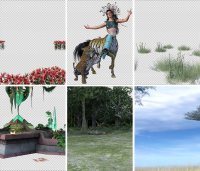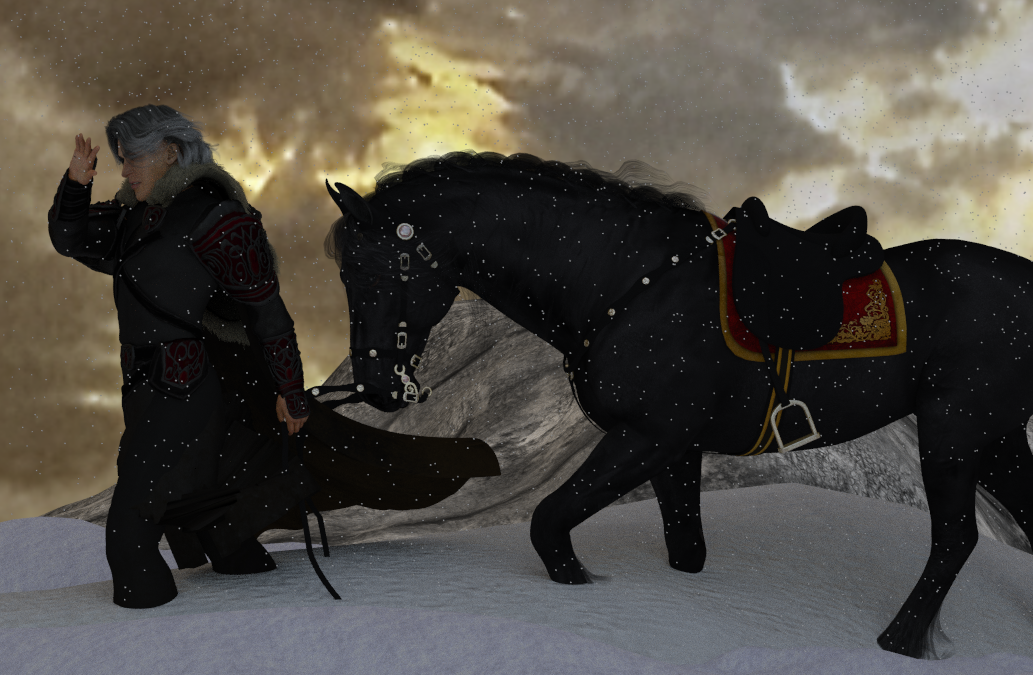carmen indorato
Extraordinary
Had a disappointing night last night.
After hours of trying to set up a render I had to quit frustrated and angry as sin.
I was reminded of the old days using Poser 4 when I did not have a powerful enough computer to handle the complex scenes i always seemed too eager to try and set up.
Last night I had a cave and ground background with a modified V4 as a young Satyress using the Creature Creator set, with a nice braided hair strolling on the set playing a Greek fantasy lyre and in the background emerging from the cave was our Sparky created from Harry Kirrin being seduced by the lyre music.
Everything was going great until the Kirrin was placed on set and i was trying to pose it coming over a slight hillock toward the seductive Satyress.
I realized the powerful computer I had so proudly thought I had finally gotten after years of angry frustration, was in fact NOT powerful enough to set up and render my idea......AGAIN!
I wish I knew how some people can set up the incredibly rich and complex scenes I see in the community.
I am getting bored with simple planar sets and want to use forest and mountain scenes with multiple figures but alas seems forbidden.
So I am going to stay away from Poser for a while until I can figure out where to go from here.
After hours of trying to set up a render I had to quit frustrated and angry as sin.
I was reminded of the old days using Poser 4 when I did not have a powerful enough computer to handle the complex scenes i always seemed too eager to try and set up.
Last night I had a cave and ground background with a modified V4 as a young Satyress using the Creature Creator set, with a nice braided hair strolling on the set playing a Greek fantasy lyre and in the background emerging from the cave was our Sparky created from Harry Kirrin being seduced by the lyre music.
Everything was going great until the Kirrin was placed on set and i was trying to pose it coming over a slight hillock toward the seductive Satyress.
I realized the powerful computer I had so proudly thought I had finally gotten after years of angry frustration, was in fact NOT powerful enough to set up and render my idea......AGAIN!
I wish I knew how some people can set up the incredibly rich and complex scenes I see in the community.
I am getting bored with simple planar sets and want to use forest and mountain scenes with multiple figures but alas seems forbidden.
So I am going to stay away from Poser for a while until I can figure out where to go from here.


